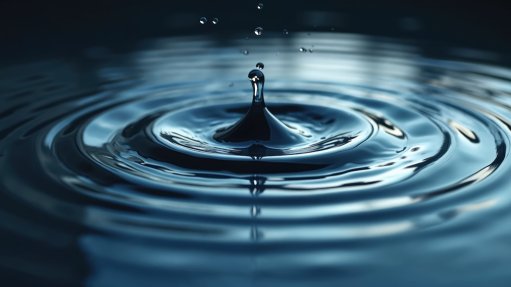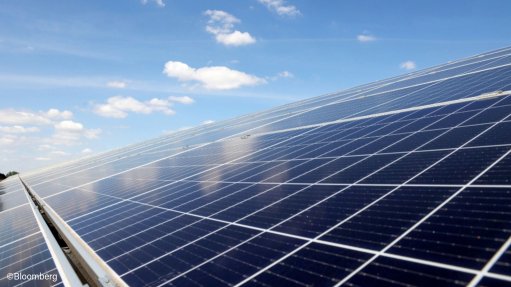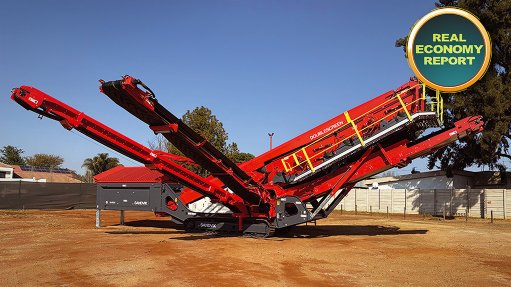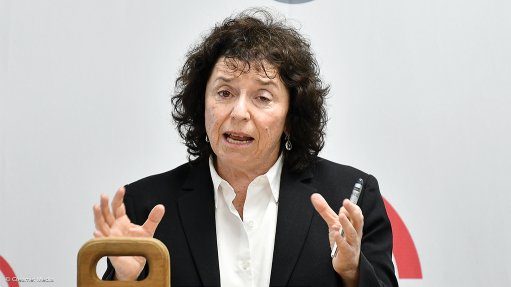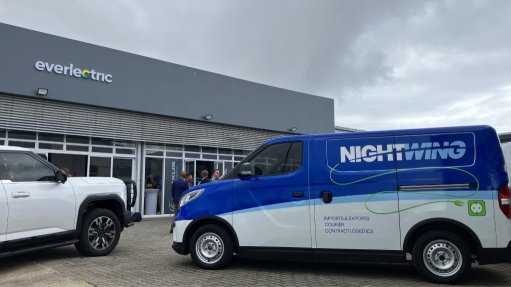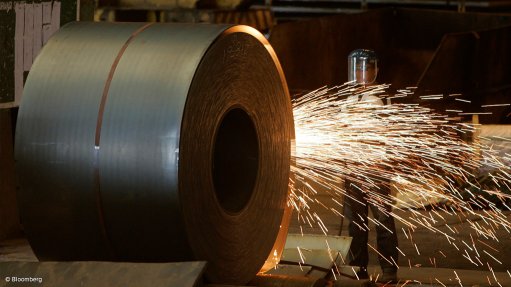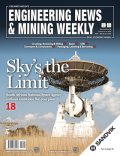Oil industry cleaning technique adapted for nuclear decontamination in the UK
The adoption of a cleaning method from the oil and gas industry has allowed the decontamination of pipe sections from the former Harwell nuclear research site in the UK. As a result, instead of having to be stored as low-level nuclear waste, the sections of pipe can be recycled.
“By adapting a proven technology and applying it to the treatment of the pipework, the amount of waste that would otherwise need to be consigned to the low-level radioactive waste repository has been drastically reduced and only small volumes of secondary waste will need processing for onward treatment and disposal,” explained Low Level Waste Repository Ltd (LLWR) Waste Management Services Consultant and Magnox Relationship Manager Carly Sutton. LLWR manages and operates the UK’s permanent repository for low level nuclear waste, near Drigg in West Cumbria in England.
The technology being used is ultra high pressure water jetting. This has been adapted by LLWR’s Metallic Waste Treatment Service, in cooperation with specialist waste company Augean. The decontamination is undertaken by the latter’s Port Clarence facility (in Durham, England).
The pipe sections come from Harwell’s offsite discharge pipeline, which had carried aqueous waste underground for some 9 km to what was then an authorised discharge point. After being taken out of operation, the pipeline was excavated and stored (prior to treatment and disposal) in the form of 1 600 pipe sections, each weighing 1.2 t.
The new approach to treating the pipe sections meets Best Available Techniques standards. “The clean pipe sections are suitable for recycling back into the metal market providing multimillion pound savings to the UK taxpayer,” she pointed out. All the pipe sections are expected to have been decontaminated and recycled by the end of March next year.
Harwell was the UK’s original nuclear research site. Set up in 1946, it grew to embrace five research reactors of different types, plutonium handling facilities, radioactive laboratories, other nuclear research facilities, nuclear waste treatment and storage facilities. Nuclear research at the site ended in 1990, and decommissioning of all the nuclear facilities has since been continuing. Of Harwell’s five reactors, two have been completely disassembled and removed and the other three are currently being decommissioned. More than 100 other facilities have been removed from the site. The non-nuclear part of the property now hosts the Harwell Innovation Centre, which includes the Diamond Light Source synchrotron.
Comments
Press Office
Announcements
What's On
Subscribe to improve your user experience...
Option 1 (equivalent of R125 a month):
Receive a weekly copy of Creamer Media's Engineering News & Mining Weekly magazine
(print copy for those in South Africa and e-magazine for those outside of South Africa)
Receive daily email newsletters
Access to full search results
Access archive of magazine back copies
Access to Projects in Progress
Access to ONE Research Report of your choice in PDF format
Option 2 (equivalent of R375 a month):
All benefits from Option 1
PLUS
Access to Creamer Media's Research Channel Africa for ALL Research Reports, in PDF format, on various industrial and mining sectors
including Electricity; Water; Energy Transition; Hydrogen; Roads, Rail and Ports; Coal; Gold; Platinum; Battery Metals; etc.
Already a subscriber?
Forgotten your password?
Receive weekly copy of Creamer Media's Engineering News & Mining Weekly magazine (print copy for those in South Africa and e-magazine for those outside of South Africa)
➕
Recieve daily email newsletters
➕
Access to full search results
➕
Access archive of magazine back copies
➕
Access to Projects in Progress
➕
Access to ONE Research Report of your choice in PDF format
RESEARCH CHANNEL AFRICA
R4500 (equivalent of R375 a month)
SUBSCRIBEAll benefits from Option 1
➕
Access to Creamer Media's Research Channel Africa for ALL Research Reports on various industrial and mining sectors, in PDF format, including on:
Electricity
➕
Water
➕
Energy Transition
➕
Hydrogen
➕
Roads, Rail and Ports
➕
Coal
➕
Gold
➕
Platinum
➕
Battery Metals
➕
etc.
Receive all benefits from Option 1 or Option 2 delivered to numerous people at your company
➕
Multiple User names and Passwords for simultaneous log-ins
➕
Intranet integration access to all in your organisation






